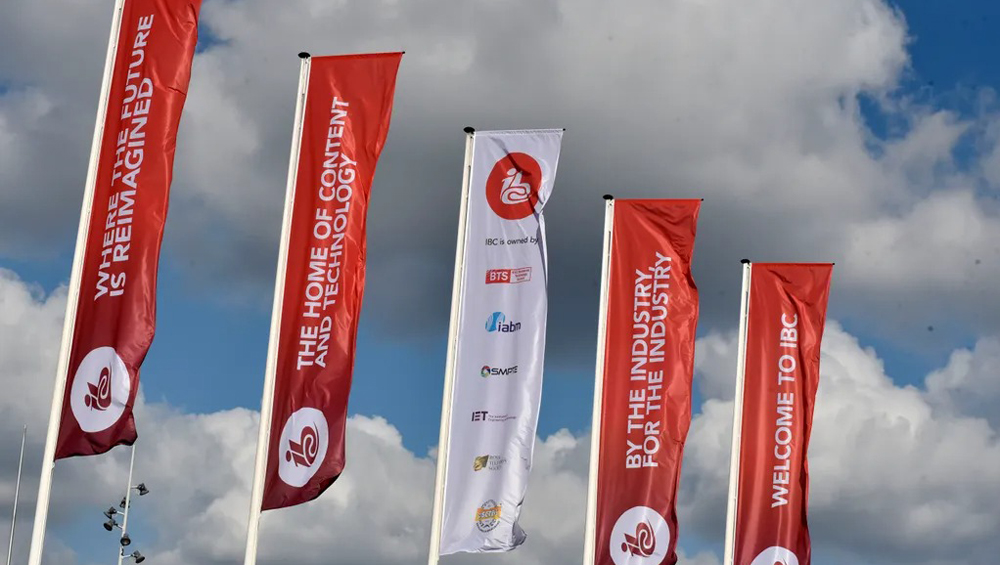
At IBC, Returning To A New Normal

AMSTERDAM — One doesn’t often mistake a conference for a homecoming, but it could be forgiven this week at IBC.
After a long pandemic absence and a couple of costly false starts, RAI Amsterdam Convention Center buzzed once more with broadcasters and vendors who weren’t just eager to plunge back into trade; many were outright emotional about it.
Hugs and handshakes were unselfconsciously returned in abundance among thousands of Zoom- and Teams-fatigued attendees grateful to be pulled out of the virtual world and into the balmy, late summer Dutch weather. After three years, they were back, dodging the scrums of bicyclists scudding past the RAI’s “beach” and wending through its warren of buildings.
But the 37,000 visitors and 1,000 exhibitors here returned to a changed industry landscape, and reminders of that dotted every conversation. Many of the broadcasters were much further along their transitions to IP- and cloud-based infrastructures than they’d planned to be before the pandemic. They came armed with questions and concerns about costs, efficiencies and security with a new urgency as they debated which parts of their workflows might be safely virtualizable.
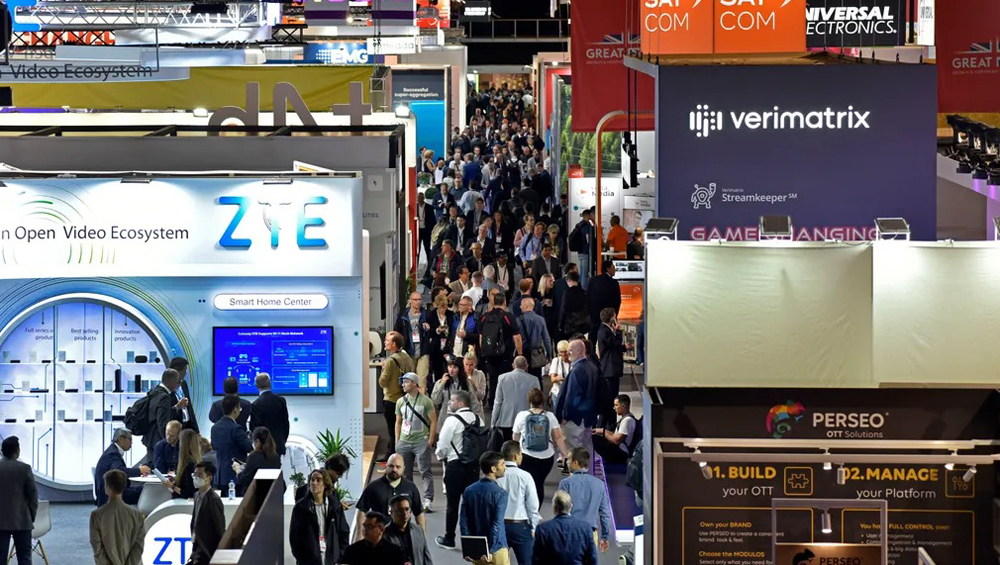 Others were eager to discuss FAST channels and the speediest ways to get up and running on them. And still more wanted to get their hands on the kinds of technology that eludes virtualization — the cameras, robotic systems, tripods and other gear for which no Zoom demonstration can ever be an adequate substitute.
Others were eager to discuss FAST channels and the speediest ways to get up and running on them. And still more wanted to get their hands on the kinds of technology that eludes virtualization — the cameras, robotic systems, tripods and other gear for which no Zoom demonstration can ever be an adequate substitute.
This being Europe, questions about the environmental impact of all this technology were more frequently raised than one might see at any given U.S. convocation.
Amid the general buoyancy, though, there was pandemic fallout that couldn’t be avoided. Supply chain problems have cut deeply into vendors’ ability to deliver, and the workforce has tilted heavily to favor the engineers and other skilled employees on whose expertise broadcasting relies. There, too, demand widely outstrips supply, try as the industry might to mitigate it.
Human Connection
It was hard for attendees to suppress their sheer joy and relief at being together in person once again, with vendors in particular finding numerous upshots in the opportunity.
“You can’t replace the environment you get in a trade show,” said Sebastien Verlaine, head of marketing and communications for EVS, which was back with a slightly smaller booth than previous years but one that had been outfitted with a sports bar to maximize a sense of conviviality.
For Matthieu Zarouk, director of product marketing at Dalet, the company’s many remote demonstrations and events were also no full substitute for meeting in person. “It’s still really important to build a connection,” Zarouk said. “It’s not really to see the products but having that face-to-face human connection.”
Haivision’s Mark Harchler, product marketing director, said he was surprised at how eager potential customers at the show were to “get back into action,” many of them hunting the show floor with specific products in mind. “It’s not just tire kicking,” he said.
Many vendors noticed that broadcasters had sent smaller contingencies to the show, but those there were often more driven than in pre-pandemic times.
“People come now with an intent and focus,” said Glodina Connan-Lostanlen, chief sales and marketing officer for Imagine. “The traffic is focused. There is something driving the reason to be here.”
Peter Hatlan, FOR-A’s U.K. GM, said, “You get a much better feel for how people are reacting to what you’re telling them because you can read their body language.”
The sentiment was echoed by Jim O’Brien, president of Aveco, who said that reading goes both ways between vendor and client. “The human element of knowing individuals involved is incredibly important,” he said. “Are you trustworthy? You say you have something, now show me.”
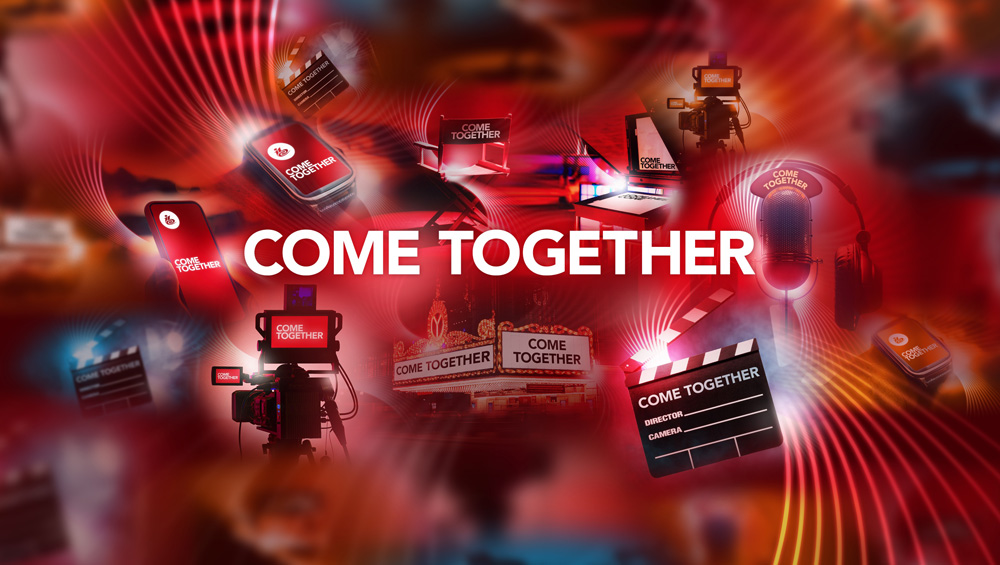 For some companies, IBC was also a chance to connect in person for the first time with employees who had been brought on during the pandemic. “Long-term relationships are very tough to start and build when we were only doing Zoom and Teams, said Rob Waters, global director, sales for Dejero. “The show is the only place we see these guys face to face.”
For some companies, IBC was also a chance to connect in person for the first time with employees who had been brought on during the pandemic. “Long-term relationships are very tough to start and build when we were only doing Zoom and Teams, said Rob Waters, global director, sales for Dejero. “The show is the only place we see these guys face to face.”
And for at least one company, IBC was a chance to go large. In a time when many vendors had reduced their booth size, Blackmagic Design brought its biggest booth ever to the show along with 77 people from across the globe to populate it, according to Bob Caniglia, director of sales operations, Americas.
Part of that was to show off the number of products it had released since the pandemic for the first time, he said, along with getting feedback from customers on what they could finally see and touch for the first time.
“The opportunity you get at a show is people-driven,” Caniglia said. “We’ll demo a product on
Day One, but clients will come back a day or two later having thought about it with questions or concerns. The feedback loop is healthy.”
The Cloud, IP And Hybridity
If one narrative pervaded the show this year, it was pandemic’s powerful shove on broadcasters’ tentative transition to IP- and cloud-based infrastructures.
Andreas Hillmer, CMO of Lawo, estimates the pandemic accelerated those transitions by at least three years. Lawo’s remit at the show was to convince clients that its own IP infrastructure solution was usable, deployable and secure, not to mention, in Hillmer’s view, inevitable.
“It’s not a question anymore of the if and the when,” he said. “It’s just the how.”
Julian Fernandez-Campon, CTO of Tedial, said much of his own purpose at the show was to help ease anxieties around the cloud transition by easing broadcasters over in increments via microservices, one of the show’s biggest buzzwords this year.
Fernandez-Campon said he’s pressing for a “sensible” track to the transition by being “modular” in the approach to using some cloud services, trying some out and then swapping them for others if broadcasters aren’t happy with the performance. “It’s not a big bang to change everything,” he said.
EVS’s Verlaine said he’s emphasizing “a balanced approach for how to use the cloud where you can scale up and down production capacity to meet specific needs.
“We’re seeing customers want more flexibility,” he said. “The cloud can be an answer, but it’s not the only truth for everyone.”
“Everybody is on a completely different trajectory and timeline,” said Mediakind’s Carl Furgusson, head of portfolio development. “There are different stages of understanding and different drivers as to what might motivate people.”
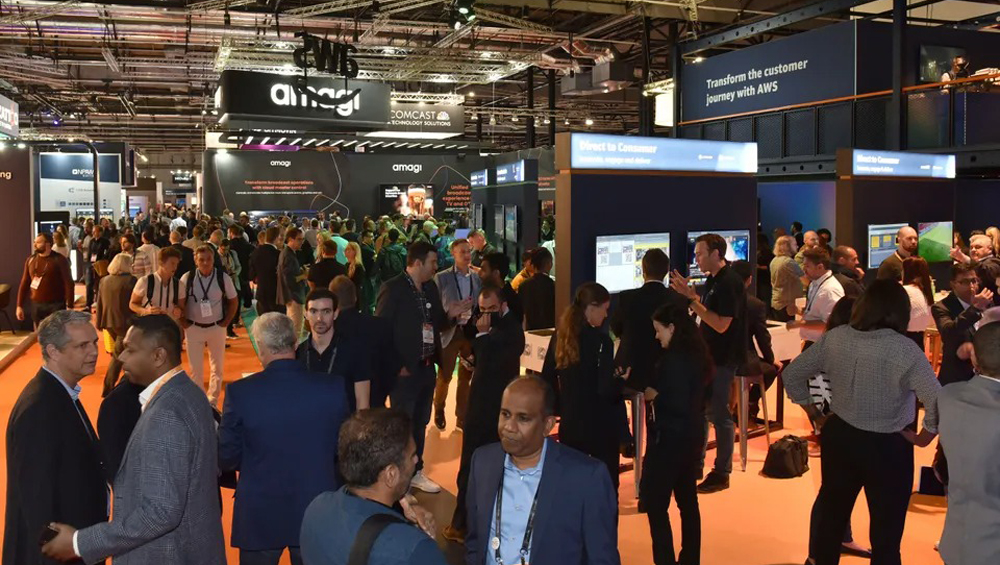 One of the main drivers is a concern about cost, and Furgusson said a comparative cost analysis needs to take the whole picture into view. Broadcasters aren’t always comparing cloud costs “apple for apple,” he said, and need to consider all of the variables to potential adoption including negotiating better pricing by doing two- and three-year deals and the longer-term cost savings on physical infrastructure enabled by migrating services to the cloud.
One of the main drivers is a concern about cost, and Furgusson said a comparative cost analysis needs to take the whole picture into view. Broadcasters aren’t always comparing cloud costs “apple for apple,” he said, and need to consider all of the variables to potential adoption including negotiating better pricing by doing two- and three-year deals and the longer-term cost savings on physical infrastructure enabled by migrating services to the cloud.
“The pandemic resulted in our customers starting to broaden their usage of cloud, remote and distributed systems,” said Ken Haren, director of marketing for Zixi. “Now the question is, Do I go all in?”
Those customers have voiced concerns about never-declining cloud costs, he said, but new commercial models like dynamic rights arrangements are helping to ease those anxieties. “I certainly see customers looking for efficiencies,” he said.
Craig Wilson, product evangelist for Avid, echoed many vendors when he said that these questions won’t be resolved in broadcasters’ minds anytime soon. “In the industry there’s still a conversation going on of total cost of ownership, not just the cloud but what they’re doing today,” he said. “People will be talking about the same thing six to 12 months down the line, just deeper along in the conversation.”
FAST Talk
Streaming and the lucrative potential of FAST channels was another big topic at IBC, and Srini KA, co-founder of Amagi, was there to capitalize on it.
“FAST has been one of the biggest drivers of growth for us,” KA said, observing the industry has come full circle from a “FAB” (free ad-supported broadcasting) model to the streaming version of FAST.
“What people are reasoning now is life is going to be omnistreaming,” he said. “It’s not just going to be on your app.”
He said when viewers cut the cord, the two biggest things they lose are news and sports, and TV station groups have begun to understand that.
People are also starting to understand that FAST channels facilitate broadcast’s lean-back behaviors. “Sometimes FAST is about don’t make me think. Make me a vegetable,” KA said, noting it can also be “the TikTok for CTV” if done right.
LTN Global was also sharing its FAST channel solutions with customers, and Rick Young, SVP of global products, said companies he’d spoken with were primarily looking to drive scale, putting more content on more streaming platforms.
Young cautioned, “It’s no longer enough to put regurgitated news content on FAST platforms,” and conversations were “shifting toward how to create original streaming content efficiently there.”
Tactile Necessities
Some technology needs hands-on demonstrations more than others, as Michael Cuomo, VP at camera robotics company Telemetrics, knows all too well.
“IBC is so important to us because it’s like buying a car. You want to come out and play with the equipment. You want to test drive it in person,” Cuomo said.
“You need to feel it. It’s so physical,” agreed James Eddershaw, managing director of Shotoku UK, a camera support company focused on “high value, low volume” products that need to be seen in person. Fortunately, he said, many customers returned with their big capital expenditure projects intact “because this stuff isn’t cheap.”
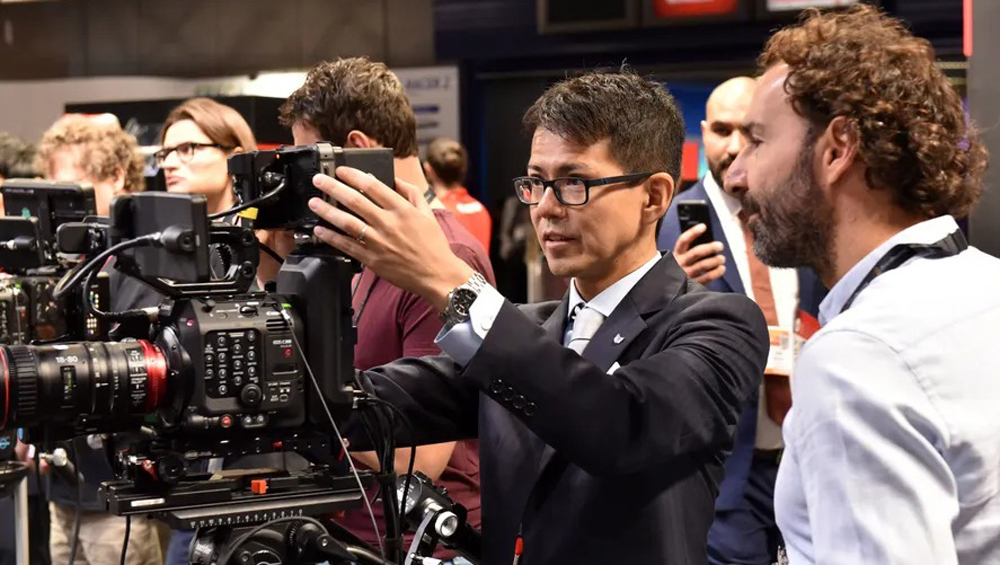 “It’s tactile,” added Steve Turner, senior product manager for camera support company Videndum. “The products have to be felt, tried.” Fortunately, he said, the booth had been
“It’s tactile,” added Steve Turner, senior product manager for camera support company Videndum. “The products have to be felt, tried.” Fortunately, he said, the booth had been
“much busier than some of us expected.”
Environmental Concerns
A current of energy consumption consciousness rode through IBC reflective of its European setting and a looming energy crisis facing the continent.
German vendor Rohde & Schwartz was promoting its TH1 liquid-cooled transmitter with a value proposition framed around the idea of sustainability. Josef Muller, a technical sales manager for the company, said his clients were expressing growing concerns about energy costs as they make purchasing decisions.
“In Europe, there are customers pledging to go zero carbon in the next two to three years at any cost,” said Vizrt’s Ulricht Voight, VP of product management.
Ulrika Cederskog Sundling, head of growth at Varnish Software, touted the company’s founding membership in a “Greening of Streaming” coalition as a selling point to customers.
“There’s a big cost of streaming in general because it takes up so much energy,” she said. “We have a great ambition for sustainability.”
Supply Chain Woes
A decidedly unsustainable situation echoed frequently across the show, however, was the unremitting pressure vendors were feeling on their supply chains.
“We’ve got all of these orders, and we’re suffering to deliver them,” said Laurent Roul, VP of marketing for Enensys. He said products that normally see four to eight weeks’ delivery time have now been pushed past 12 weeks.
The company is still waiting on some components it ordered last April, with motherboard components being the most elusive and expensive. Some, Roul, said, have gone up in price from 10 cents to 10 euros.
“From small components to bigger ones, everything is a pain in the ass,” he said.
“The hangover from COVID is the semiconductor situation,” said Bruce Swail, CEO of GatesAir. “It’s horrendous. Lead times that are normally eight to 12 weeks are 52 to 72 weeks. It’s making your planning horizon over a year really difficult and kills your ability for upstrike action.”
The supply shortages have forced Harmonic to source more in advance, taking more direct control of the supply chain out of Indonesia to limit their risk. “There is a cost attached to that but given the risk of not being able to ship everything, the choice is an easy one,” said Stephane Cloirec, VP of appliance product management.
Telemetrics’ Cuomo spoke for many vendors in noting that the company has taken to modifying some of its products to work around the shortages. “It’s been something we wanted to do anyway. It just came a little sooner than we were hoping it would,” he said.
Labor Friction
It isn’t just the supply chain of components that have tied one hand behind vendors’ backs — it’s the escalated competition for labor, too.
“Right now, it’s very much an employees’ market,” GatesAir’s Swail said.
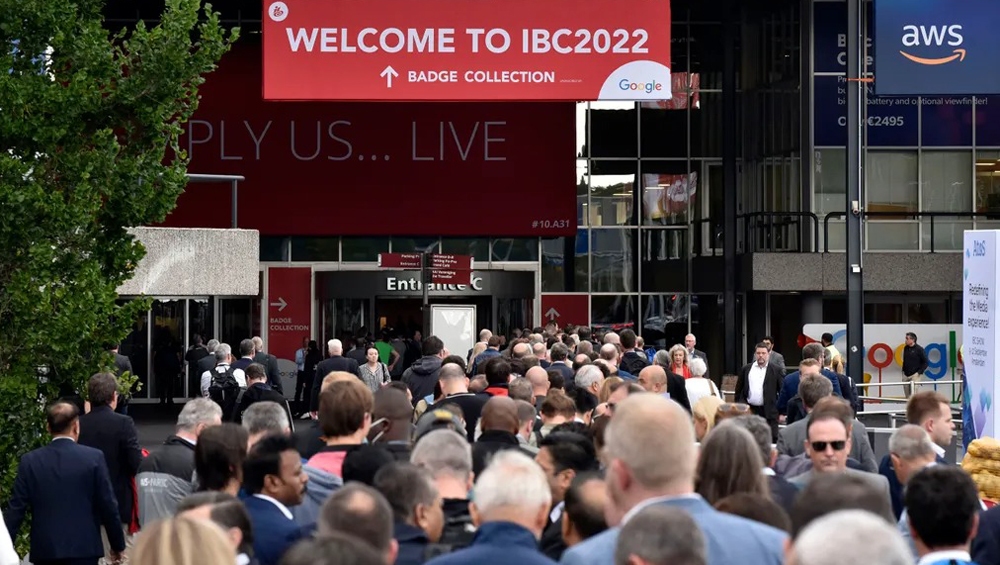 Blackbird CEO Ian McDonough has been in an aggressive hiring mode through the pandemic, bringing in a new VP of engineering, chief product officer and developers along the way. Still, he concedes, “hiring engineers that want to be anything less than 100% remote is quite a challenge.”
Blackbird CEO Ian McDonough has been in an aggressive hiring mode through the pandemic, bringing in a new VP of engineering, chief product officer and developers along the way. Still, he concedes, “hiring engineers that want to be anything less than 100% remote is quite a challenge.”
That, in turn, has only exacerbated his own challenge of coalescing the culture of a rapidly growing company over solely remote means.
David Dowling, chief revenue officer for graphics and virtual production company Pixotope, said the scarcity of talent has led to a choke point.
“If there isn’t talent to create in [graphics engine] Unreal and animate and produce, then we’re going to run out of customers,” Dowling said.
But Pixotope is getting proactive about the problem, he said, launching a Pixotope Education Program aimed at students who might otherwise gravitate to the popular gaming industry.
The program has only just launched so it’s far too early to measure success, but it was clear that broadcast’s technology side will need to do more to staff up against a series of transitions that are fundamentally changing its architecture and workflows.
In the meantime, however, people at IBC were simply grateful that they had made it through to the other side of a life- and industry-changing event, shoulder to shoulder once more and ready to face the steep wall of challenges in front of them.






















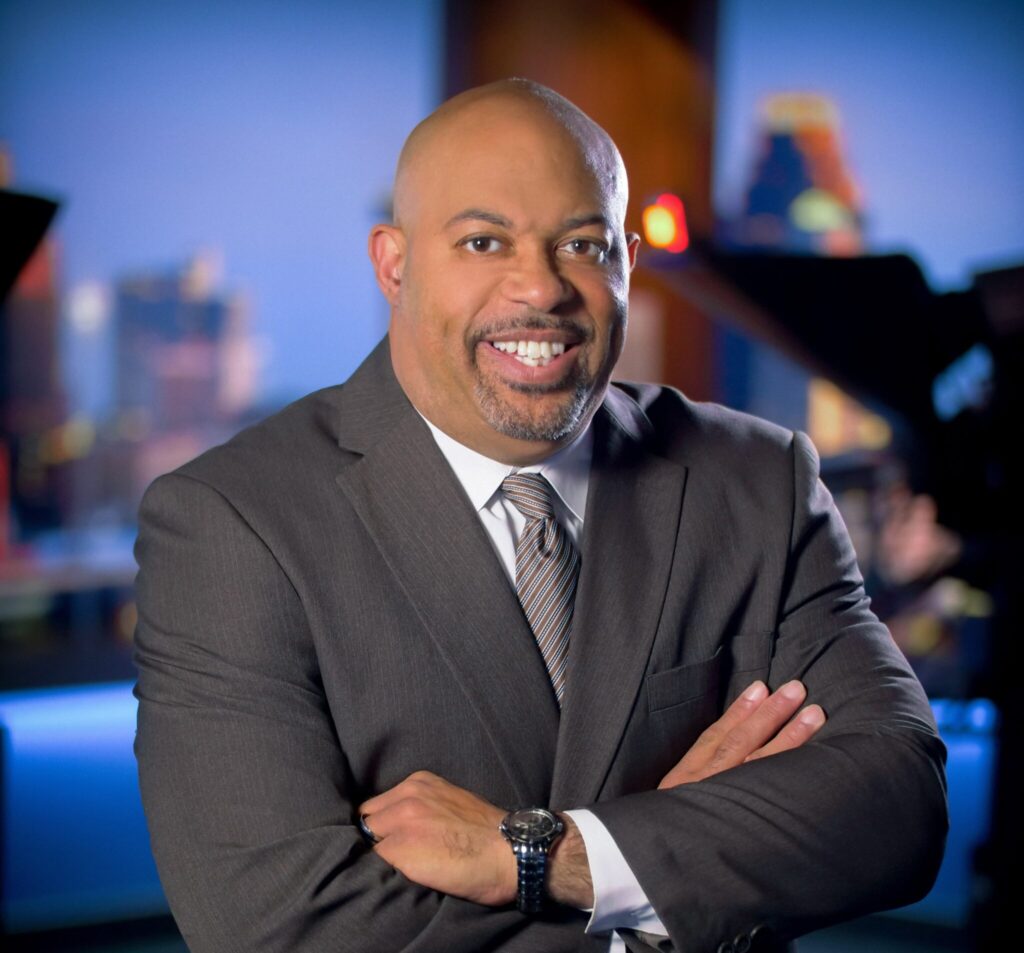
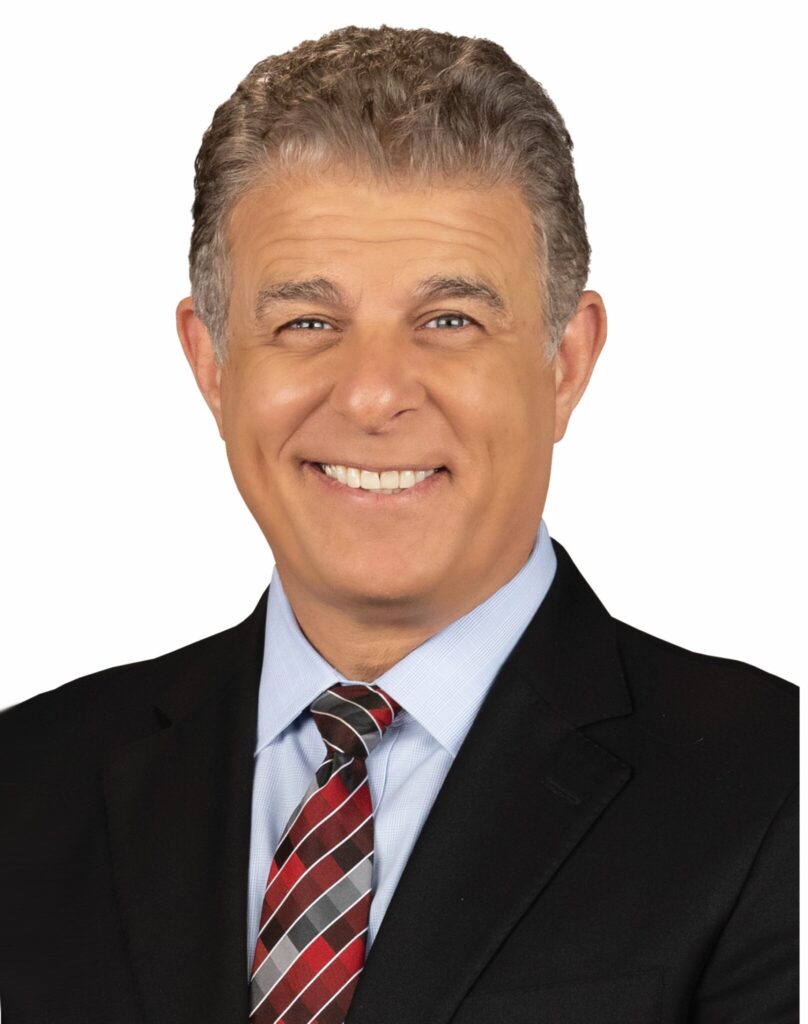
Comments (0)